Giro Chamber III
Test Locations: Washington
Test Duration: 5 months
Reviewer: 6’, 160 lb / 183 cm, 72.6 kg
Size Tested: EU 45
Stated Weight Per Shoe (EU 43): 480 g
Blister’s Measured Weight Per Shoe (EU 45): 544 and 547 g
Upper: Synthetic leather
Closure: Lace + Velcro strap
Stated Features:
- Velcro® hook-and-loop lock-down strap
- Custom DH shank with +10mm cleat setback
- Giro-designed Sensor rubber
- Microfiber upper
- Low-bulk fully-wrapping tongue
- Colors: Black, White
Pedals Used: OneUp Clip, HT X3, HT T2
MSRP: $200 USD
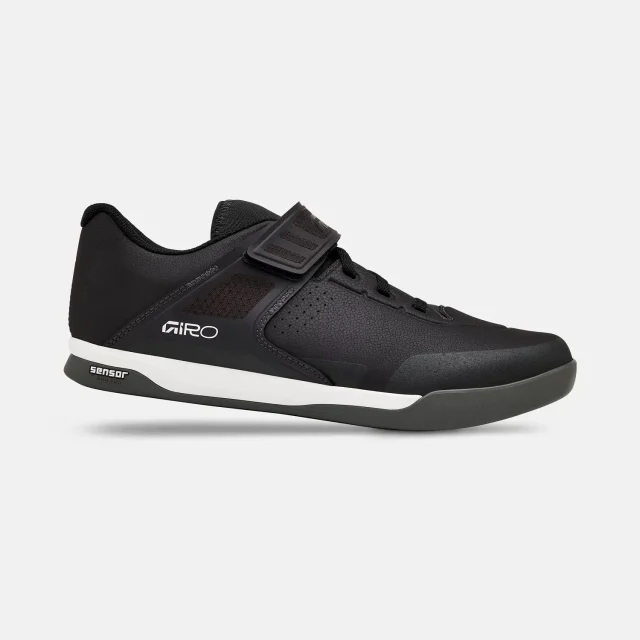
Intro
Giro’s Chamber shoe has been worn by the likes of Aaron Gwin and Richie Rude over the years, seeing plenty of podium time as a result. It tended to index toward the more protective and burly end of the spectrum, with a stiff shank and sturdy build. Now in its third iteration, the Chamber III strikes a slimmer silhouette and claims to have dropped some weight.
Does the Chamber III still feel like an especially burly shoe, or does its weight loss program make it a more versatile pick? Let’s dig into the details after five months of testing.
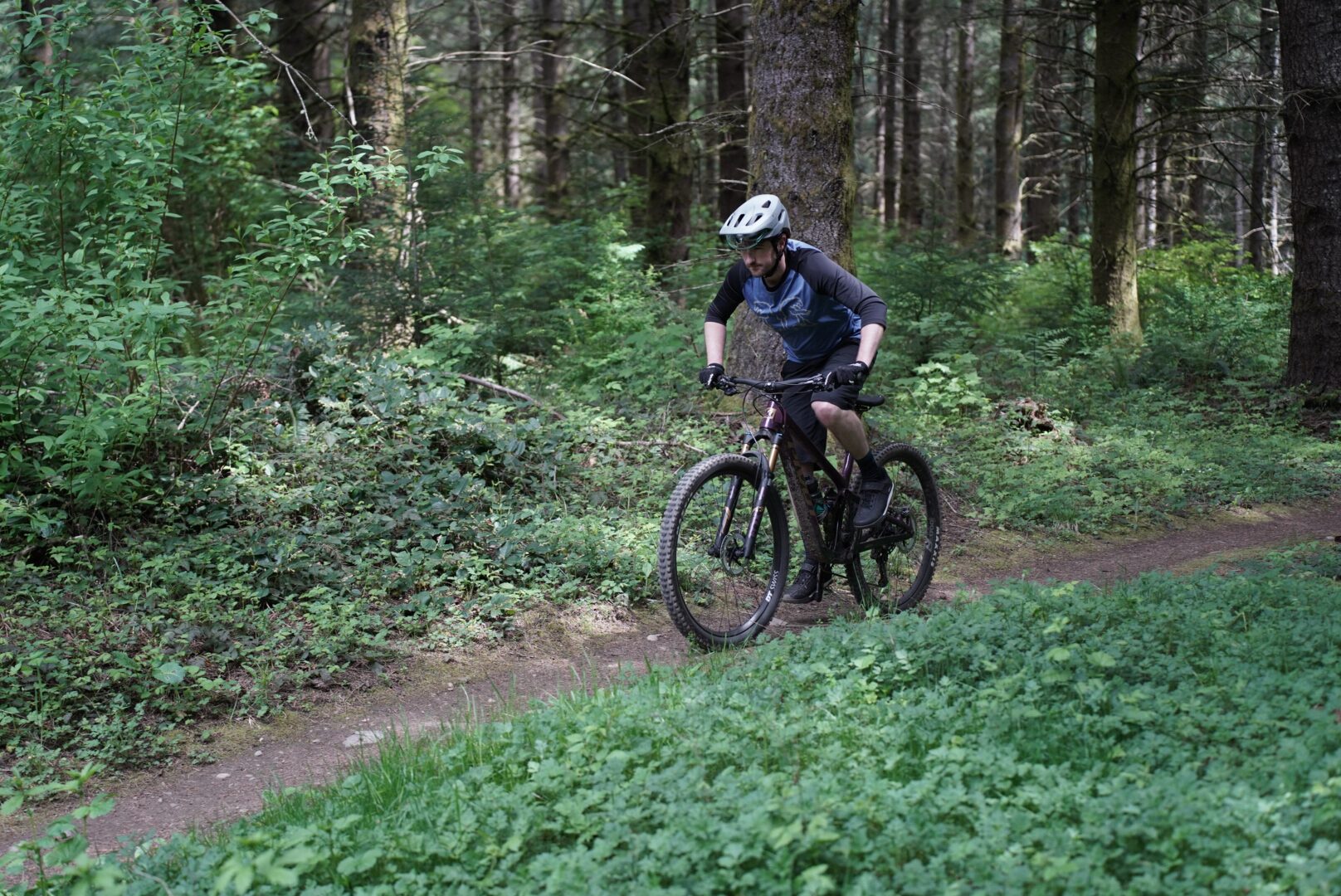
Features and Construction
The Chamber III sees a host of changes from its predecessors, but Giro’s biggest talking points are around its slimmer profile and correspondingly lower weight. The Chamber II was a bit of a beefcake at a claimed 510 grams (EU 43), and Giro says the new one weighs 480 grams in the same size — not a huge weight difference, but a decent improvement. In my larger-than-reference-size pair of EU 45s, the Chamber III was still fairly hefty, at 544 and 547 g for each shoe.
The slimmer build is perhaps the more noticeable difference. The new Chamber III still uses a full synthetic upper, but has a bit less padding in the tongue and a slightly slimmer sole design for a more streamlined look compared to the Chamber II. The tongue is made from a lightweight, neoprene-like material and wraps fully around the foot, creating a more sock-like fit. While the old Chamber II’s upper was heavily perforated for breathability, the new Chamber III shifts to smaller perforated zones around the midfoot and over the toe box. There are also some rubber overlays at the heel and toe to create a bit of extra abrasion resistance.
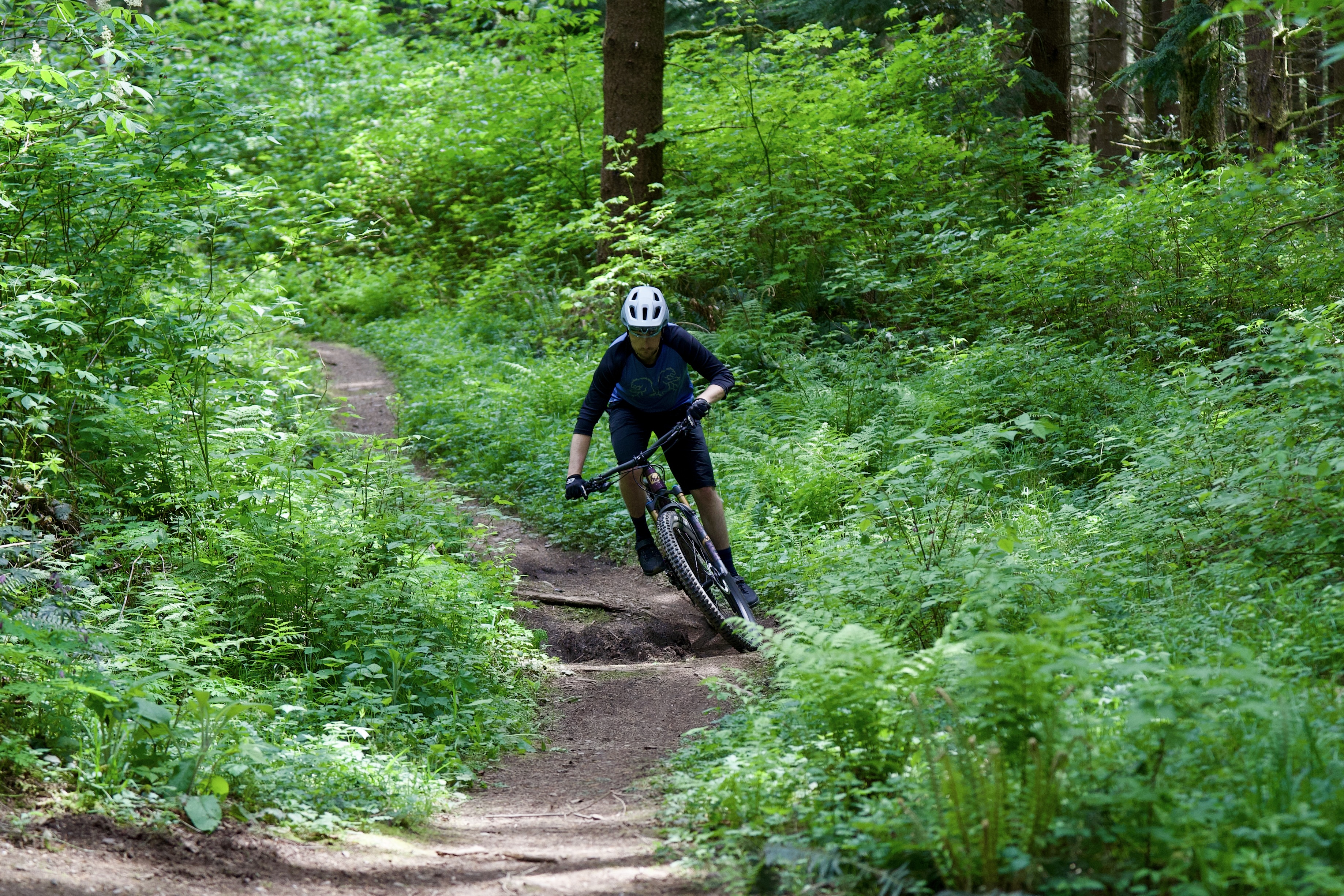
Fit
I have fairly narrow feet, and while I get along fairly well with some of Giro’s more XC-inspired shoes, I’ve historically found their last to run a little wider than my preference. That holds true with the Chamber III, which feels somewhere around average in terms of width (and thus, still wider than my skinny flippers merit, but not overly so), but with a rather high volume fit height-wise through the midfoot.
I’m increasingly a fan of BOA closures for their ease of use (especially in how easy it is to open up the shoe nice and wide when putting them on), but laces still win out when it comes to finer adjustment. Given the Chamber III’s somewhat high-volume fit, I appreciated the ability to cinch things down substantially. Still, even with a higher volume arch support insole, my foot still couldn’t quite fill the volume of the Chamber III, resulting in a less-than-precise feel. I appreciated the deep heel cup, but the amount of extra volume through the midfoot meant that my heel wanted to lift a bit, and I found myself very grateful for the security afforded by the Velcro strap over my instep to lock things down. The area around the ankle is a bit more snug in its fit, which worked well for me and helped further in keeping the shoe secure on my skinny feet and ankles, but folks with truly higher volume feet may find it a bit snug in comparison to the looser-fitting area around the midfoot.
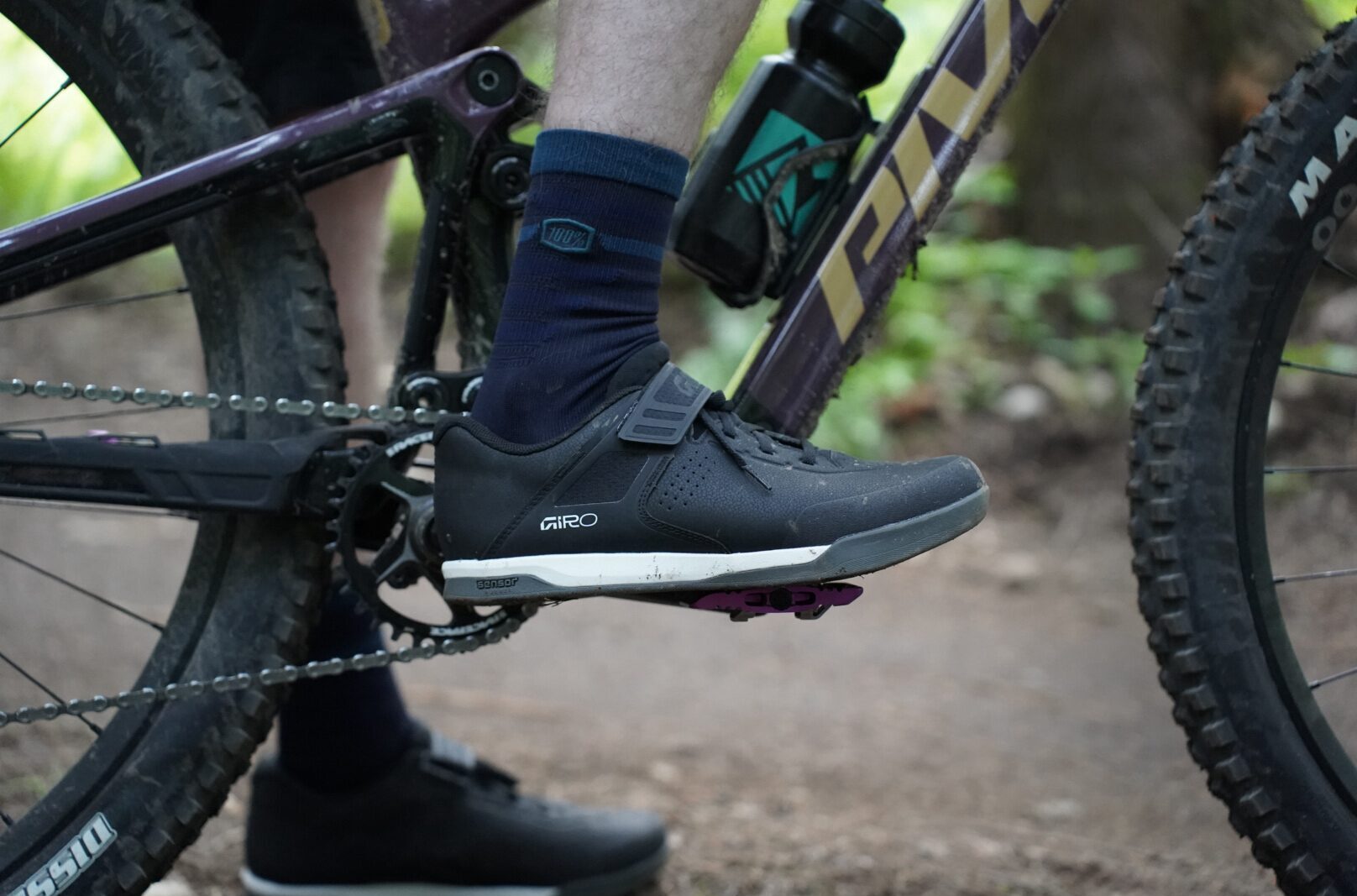
The other element of the Chamber III’s fit worth mentioning is its overall stiffness. The combination of the burly synthetic upper and particularly stiff shank makes it feel a bit unforgiving when new. The synthetic upper seems to break in a bit with use and get more supple, and I’ll pay that price for the durability it seems to offer, but it does take a few rides for the Chamber III to feel like it’s contouring to your foot.
Length-wise, the Chamber III seems to fit true to size, with the 45 fitting as I’d expect. Despite my fit challenges, I was able to get the Chamber III to a point of being quite comfortable, even if it still didn’t have the most locked-in fit for my (again, low-volume) foot shape.
On the Bike
Richie Rude is built like a brick shithouse, and I shudder to think about the watts that he’s able to put through the pedals during a race-run sprint. As one of Giro’s flagship athletes wearing the Chamber III, it’s perhaps unsurprising that it’s a beefy, stiff shoe.
As compared to some other shoes I’ve ridden more recently, like the Crank Brothers Mallet Enduro, the Chamber III feels especially stiff. The pared-back tongue and upper give it a fairly minimalist, race-y feel, and I found it a bit harsh at first. Part of this is also attributed to the flimsy stock insoles, which offer little in the way of padding underfoot.
Once I had swapped to some Superfeet insoles to get myself the arch support I needed (and take up some internal volume), I found the Chamber III to be both highly efficient and protective. The stiff shank means that it feels like every watt of output is making it to the pedals, and the slightly more padded insoles helped to take away some of the feedback making its way from the bike through my feet. The shoe’s stiffness also helped with control on particularly big and harsh hits, where it entirely resisted flexing excessively or unpredictably like some softer shoes can.
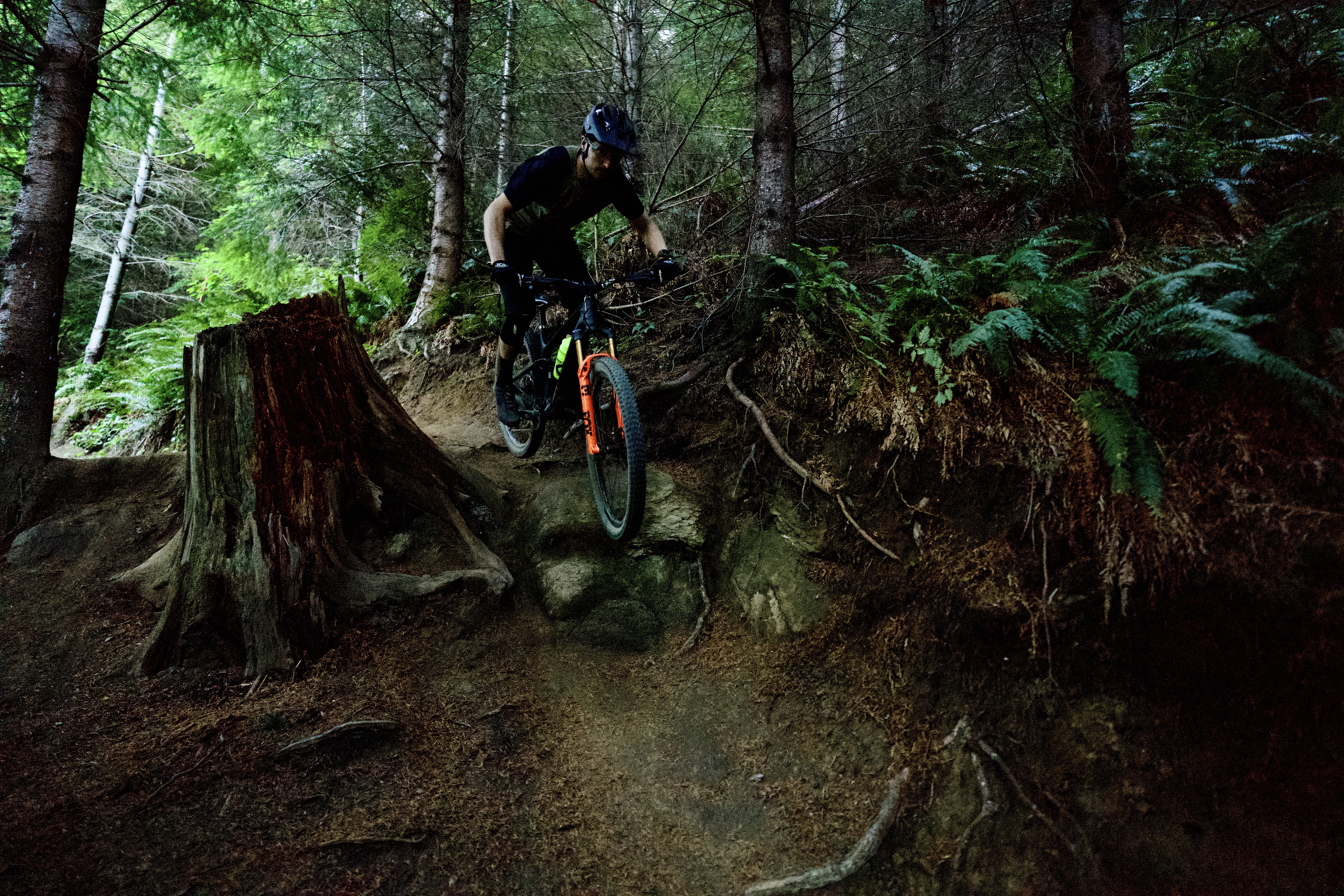
The synthetic upper of the Chamber III is also clearly built for the long haul. It shrugged off hits with rocks and other trailside debris, and I remain very impressed with how impervious it has been to any sort of damage. The one downside is that it feels pretty steamy in warmer weather, with the smaller perforated patches not being able to evacuate the amount of heat that my feet were producing on hot summer days. As is often the case, that limited ventilation did pay dividends in sloppy conditions, where the shoe proved impressively water resistant. It still gets wet, but for a non-waterproof shoe, it’s quite good in terms of weather resistance.
I was also impressed with the pedal compatibility of the Chamber III. The cleat pocket is fairly deep, but it worked well with everything from my HT pedals to the OneUp Clip pedals to Wolf Tooth’s new CTRL ones. Some pedals with shallower cleat pockets can “rock” laterally thanks to the sole not having adequate contact with the pedal platform surrounding the mechanism, but I never had that issue with the Chamber III. It always felt planted, torsionally stiff, and released consistently.
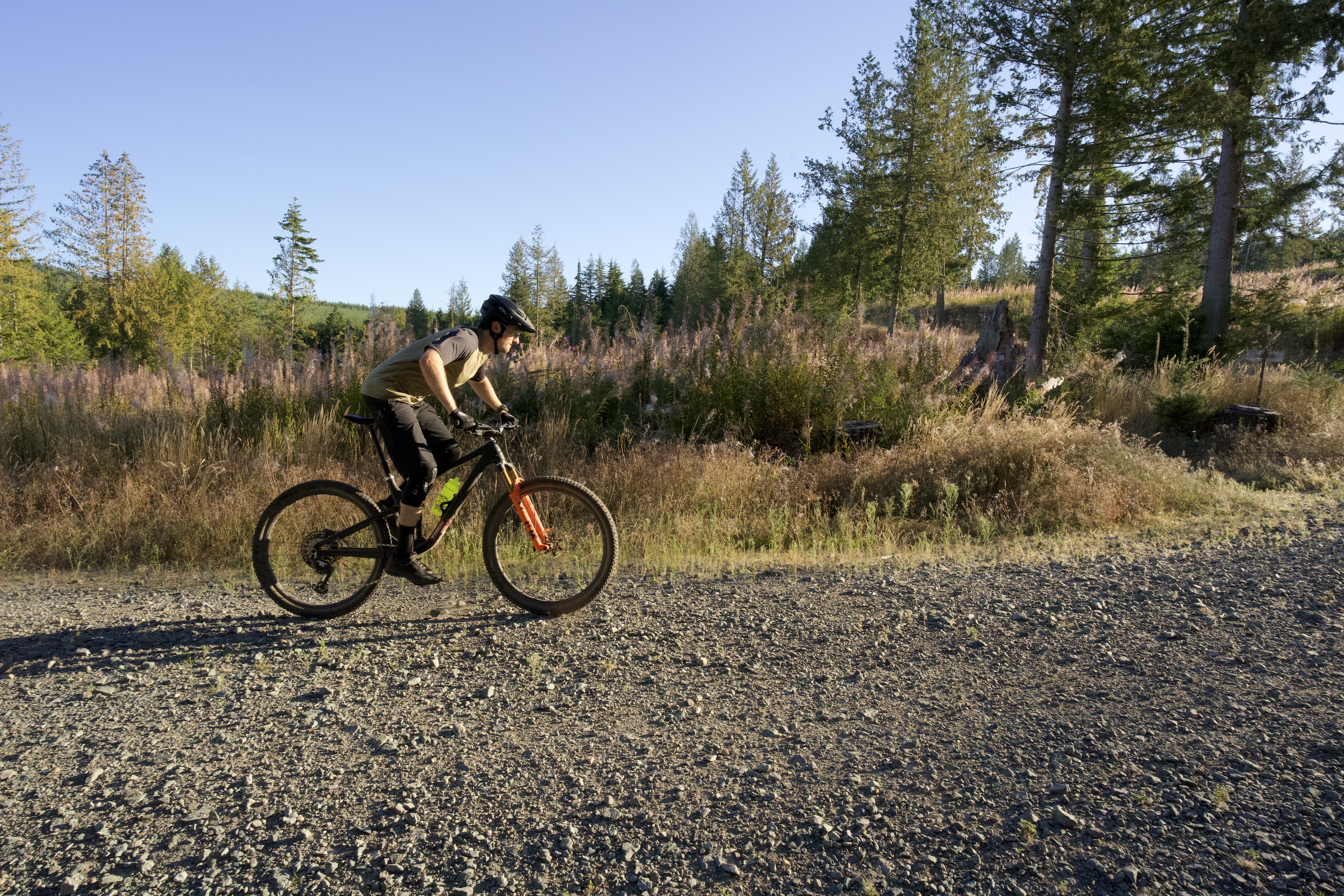
Off the Bike
Giro has rockered the sole of the Chamber III to help with off-bike walkability, and while it does help, the Chamber III’s stiffness still means that it feels a bit clunky. Giro’s Sensor rubber is reasonably tacky, but the tread pattern is low profile and can’t really dig into softer dirt all that well. There’s always a tradeoff between shoe stiffness and walkability in my experience, and that’s true here, too.
Overall, it’s definitely not the shoe I’d pick for a big adventure with lots of hike-a-bike time, but it’s totally fine for most use cases.
Bottom Line
There’s a decent bit of variability in how truly burly gravity-focused clip shoes feel, and the Giro Chamber III falls on the more aggressive end. With quality materials and a stiff shank, the Chamber III feels like it was designed for the race track, and it offers heaps of efficiency and control, even if it isn’t the most forgiving in terms of how it mutes out trail feedback.
Riders who prioritize support under power should be impressed with the Chamber III’s stiff shank, and its especially sturdy construction bodes well for it being a long-lived shoe. The price for that stiffness is that it can feel a little harsh during longer rides, and folks with lower-volume feet may want to look elsewhere given its fairly high volume last.
